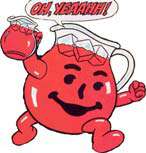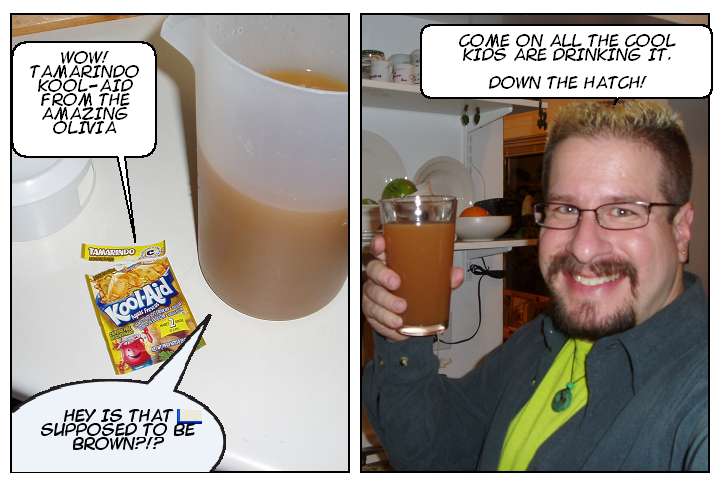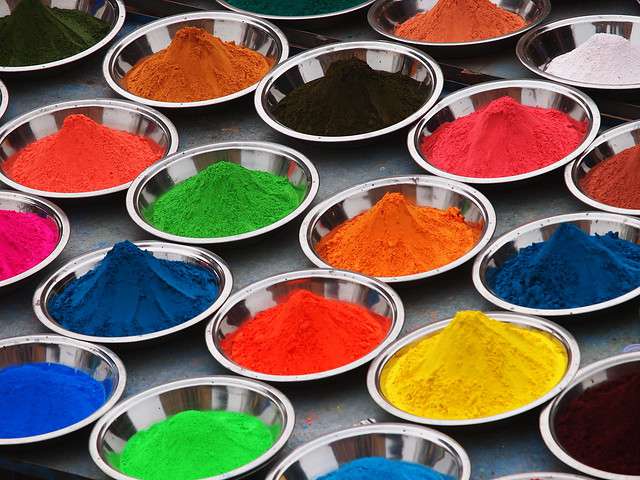
“He’s not the Kool-Aid man!” screams Billy. “The Kool-Aid man is cherry red! He’s not cherry red!” “Sure I am, kid,” says the man in the Kool-Aid man suit. “Look at me! Whoa! Yeah! I’m the Kool-Aid man! I’m red as a cherry! What’s your name, Billy? C’mon, Billy, we’re just trying to have fun at the party.” Billy throws a piece of cake at the man who “isn’t the Kool-Aid man”. The other kids look on in a mixture of shock and wicked admiration. The cake peels from his felt costume slowly and falls to splatter on the ground. “This is the worst birthday ever!” screams Billy. “I wanted the real Kool-Aid man!”

You can tell he’s the real Kool-Aid man because he looks the same as the Kool-Aid. Image Credit: Flickr user K. Todd Storch (CC BY 2.0)




